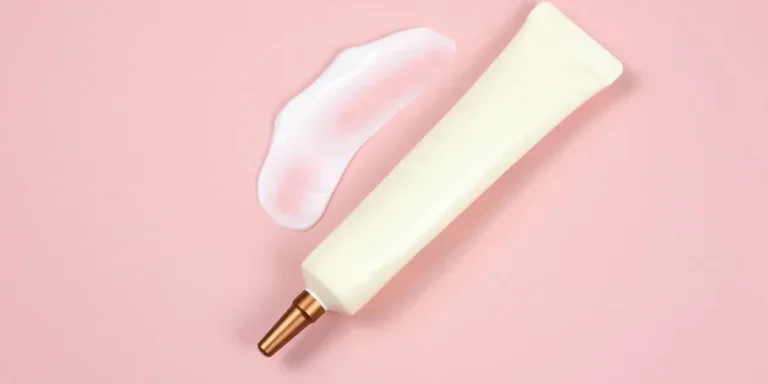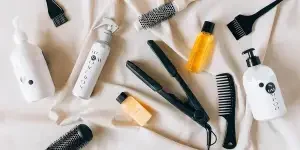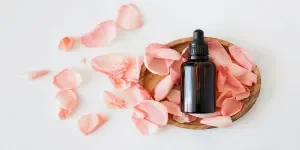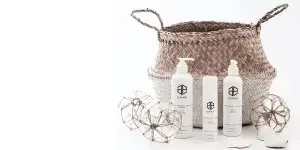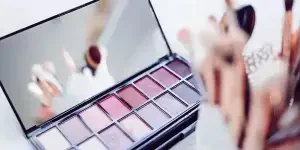In the ever-evolving world of beauty and personal care, chafing cream has emerged as a must-have product for many. As we step into 2025, the demand for chafing cream is on the rise, driven by its effectiveness and the growing awareness of skin health. This guide delves into the essentials of chafing cream, its trending status on social media, and the market potential that makes it a lucrative product for business buyers.
Table of Contents:
– Understanding Chafing Cream: What It Is and Why It’s Trending
– Exploring Popular Types of Chafing Cream: Pros and Cons
– Addressing Consumer Pain Points: Solutions and Innovations
– Wrapping Up: Key Takeaways for Business Buyers
Understanding Chafing Cream: What It Is and Why It’s Trending
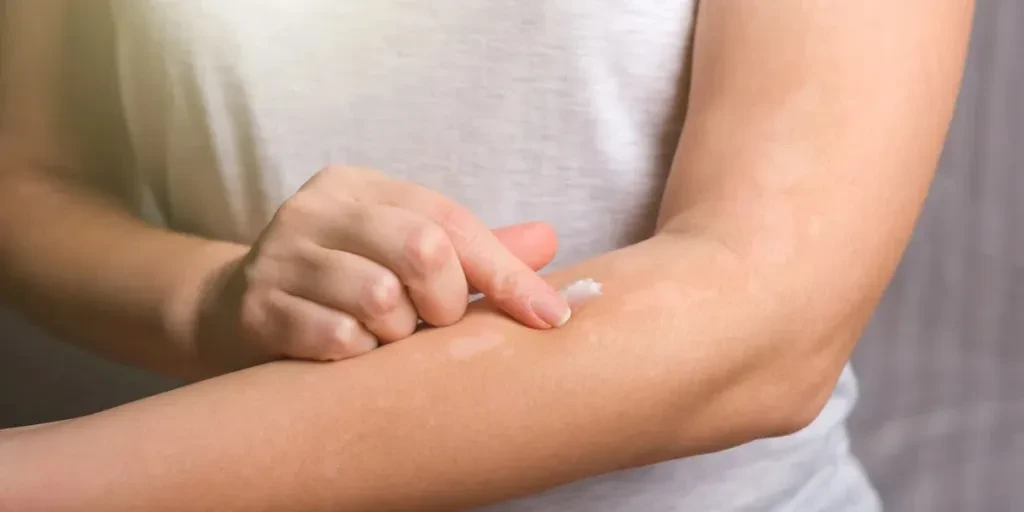
The Basics of Chafing Cream: Essential Details
Chafing cream is a specialized skincare product designed to prevent and alleviate the discomfort caused by skin friction. It is particularly useful for athletes, outdoor enthusiasts, and individuals with sensitive skin. The cream forms a protective barrier on the skin, reducing friction and preventing irritation. Its formulation often includes soothing ingredients like aloe vera, shea butter, and essential oils, which not only protect the skin but also provide hydration and nourishment.
Social Media Buzz: Trending Hashtags and Broader Trends
The popularity of chafing cream has been significantly amplified by social media platforms. Hashtags such as #ChafingRelief, #SkinCareEssentials, and #AthleteCare have garnered millions of views and interactions. Influencers and fitness enthusiasts frequently share their positive experiences with chafing cream, highlighting its effectiveness in preventing skin irritation during workouts and outdoor activities. This social media buzz has played a crucial role in bringing chafing cream into the spotlight, making it a trending topic in the beauty and personal care industry.
Market Potential: Areas of Demand Growth
The market potential for chafing cream is substantial, with several factors contributing to its growth. According to a professional report, the global market for skincare products, including chafing cream, is projected to reach new heights by 2030. The increasing awareness of skin health, coupled with the rising popularity of outdoor and fitness activities, has driven the demand for chafing cream. Additionally, the growing trend towards natural and organic skincare products has led manufacturers to innovate and introduce chafing creams with clean and sustainable ingredients.
In regions like Latin America, the Middle East, and Africa, the demand for skincare products, including chafing cream, is witnessing a significant surge. For instance, the LAMEA shaving cream market is expected to grow at a CAGR of 10.9% from 2024 to 2031, indicating a parallel rise in demand for related skincare products like chafing cream. The Brazilian market, in particular, is set to dominate, with a projected market value of $710.6 million by 2031. This growth is fueled by the increasing acceptance of gender diversity and inclusivity, as well as the expansion of the e-commerce industry, which provides a platform for domestic brands to compete with international counterparts.
In conclusion, the rising demand for chafing cream is a testament to its effectiveness and the growing awareness of skin health. As social media continues to amplify its popularity and the market potential remains strong, chafing cream is poised to become a staple in the beauty and personal care industry. Business buyers, including retailers and wholesalers, should consider adding this trending product to their inventory to capitalize on the growing demand and cater to the needs of their customers.
Exploring Popular Types of Chafing Cream: Pros and Cons

Natural Ingredients vs. Synthetic: What Works Best?
When it comes to chafing creams, the debate between natural and synthetic ingredients is ongoing. Natural ingredients, such as shea butter, aloe vera, and coconut oil, are often favored for their soothing and moisturizing properties. These ingredients are less likely to cause irritation, making them ideal for sensitive skin. For instance, Ban’s Thigh & Body Rub Remedy Anti-Friction Stick, which includes natural shea butter and vitamins, provides enhanced comfort and reduces chafing effectively.
On the other hand, synthetic ingredients like dimethicone and petrolatum are known for their superior barrier-forming capabilities. These ingredients create a protective layer on the skin, preventing friction and moisture loss. Products like CeraVe Healing Ointment, which incorporates occlusive technology alongside essential ceramides, hyaluronic acid, and petrolatum, offer rapid relief for extremely dry, chafed, or cracked skin. The choice between natural and synthetic ingredients ultimately depends on the specific needs and preferences of the end consumer.
Effectiveness: Consumer Feedback and Reviews
Consumer feedback and reviews play a crucial role in determining the effectiveness of chafing creams. Products like SkinIntegra’s Rapid Crack Repair Cream have received positive reviews for their fast-absorbing, non-irritating formula, which provides quick relief from dryness and cracking. This cream’s effectiveness is backed by clinical data, making it a reliable choice for business buyers looking for proven solutions.
Similarly, the Arnicare Arthritis Cream by Boiron, formulated with harpagophytum (devil’s claw), has been praised for alleviating minor joint pain, stiffness, and muscle pain associated with arthritis. This product’s homeopathic formulation, free from menthol and camphor, appeals to consumers seeking natural pain relief options. Business buyers should consider products with strong consumer feedback and clinical validation to ensure customer satisfaction and repeat purchases.
Specialized Formulas: Targeting Specific Needs
Specialized formulas in chafing creams cater to specific needs, such as sensitive skin, athletic use, or post-shave care. For example, Megababe’s Après Shave roll-on, made with apple fruit extract and BHA acid, helps eliminate ingrown hairs and bumps after shaving, providing targeted post-shave support. This product is ideal for consumers who shave some or all of their body hair and need a solution to prevent irritation and ingrown hairs.
Another example is the No Fric Anti Chafe Stick from Medalist, designed for female athletes. This product addresses the pain points of active individuals by making movement in heat, humid, or cold environments more comfortable. Business buyers should look for specialized formulas that address specific consumer needs, ensuring a diverse product offering that caters to various market segments.
Addressing Consumer Pain Points: Solutions and Innovations

Common Issues: What Consumers Struggle With
Consumers often struggle with issues such as skin irritation, dryness, and discomfort caused by chafing. These problems are exacerbated by factors like heat, humidity, and physical activity. Products like Ban’s Total Body Sweat & Odor Collection, which includes the Private Parts Stay Dry Deodorizing Lotion and the Underboob Sweat Shield Stay Dry Lotion, cater to various body areas prone to sweat and odor, providing comprehensive solutions to these common issues.
Another common issue is the irritation caused by synthetic ingredients in some chafing creams. Consumers with sensitive skin may experience adverse reactions to certain chemicals. Flexitol’s Sensitive Skin Wash and Sensitive Skin Lotion, free from harsh chemicals and fragrance, offer gentle yet effective solutions for maintaining skin health without causing irritation.
Innovative Solutions: New Products on the Market
Innovative solutions in the chafing cream market include products that combine multiple benefits in one formulation. For instance, First Aid Beauty’s Whole Body Deodorant Cream offers up to 24 hours of odor control with a subtle citrus scent and an invisible, aluminum-free formulation. This product incorporates odor-neutralizing Alpha Hydroxy Acids (AHAs) and niacinamide, making it suitable for application across various body areas, including sensitive regions.
Another innovative product is the Tylenol Precise Pain Relieving Cream, which features a rapid absorption formula and a rollerball application dispenser for handsfree use. This cream combines the maximum amount of lidocaine with menthol for fast, effective cooling relief, addressing the need for quick and convenient pain relief solutions.
Key Factors to Consider: Making an Informed Choice
When making an informed choice about chafing creams, business buyers should consider factors such as ingredient safety, packaging stability, and adherence to local regulatory standards. Products like Thayers’ Barrier Bestie Ultra Whip Cream, which boasts a natural-origin formula with sugarcane squalene and ceramides, provide hydration for 72 hours and are suitable for dry to very dry skin. This product’s gentle, fragrance-free, and cruelty-free formula aligns with consumer preferences for natural and ethical skincare solutions.
Additionally, the packaging stability of products like bébé Bottoms Diaper Rash Crème Spray, which offers a touch-free application process, ensures convenience and ease of use for consumers. Business buyers should prioritize products that meet regulatory standards and offer practical benefits to end consumers, ensuring a competitive edge in the market.
Wrapping Up: Key Takeaways for Business Buyers

In conclusion, the chafing cream market offers a diverse range of products catering to various consumer needs and preferences. Business buyers should focus on products with proven effectiveness, specialized formulas, and innovative solutions to address common consumer pain points. By considering factors such as ingredient safety, packaging stability, and adherence to regulatory standards, business buyers can make informed choices that align with end-consumer preferences and drive purchasing decisions.
